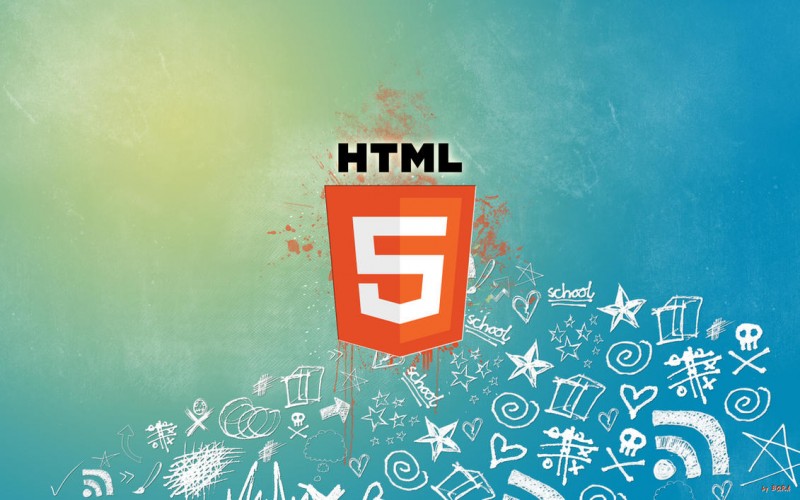
If you've ever wondered about creating websites or delving into web development, learning HTML (Hypertext Markup Language) is the perfect starting point. HTML is the backbone of web pages, enabling you to structure and present content on the internet. This article will guide you on how to start your journey into the world of HTML and web development.
Preparing for HTML Learning
Before diving into HTML, there are a few essentials you should be familiar with. Basic computer skills, such as using a keyboard and mouse, are necessary for smooth learning. Additionally, having some experience with web browsers will help you grasp HTML concepts more easily. Familiarizing yourself with text editors is crucial as you'll be working with HTML code directly.
Understanding HTML Basics
HTML is a markup language that uses tags to define elements on a webpage. It provides structure to the content, allowing browsers to display text, images, links, and multimedia correctly. Understanding the basic elements of HTML, such as headings, paragraphs, links, and images, is fundamental to creating web pages.
HTML Document Structure
Every HTML document follows a specific structure. It starts with a document type declaration, followed by the HTML tag, which contains the head and body tags. The head tag contains metadata about the document, while the body tag holds the visible content.
Creating Content with HTML
Once you understand the basics, you can start creating content with HTML. HTML provides tags for text formatting, allowing you to make text bold, italic, or underlined. You can also add links to other web pages or insert images into your content using HTML tags.
Organizing Content with HTML
Properly organizing content on a webpage is crucial for user experience and search engine optimization. HTML offers various heading tags to structure content hierarchically. Additionally, you can create lists and tables to present information in a well-organized manner.
HTML Forms and Inputs
HTML allows you to create interactive elements like forms, which enable users to input data. The form element houses input fields for text, radio buttons, checkboxes, and more, making it possible to collect data from users.
Styling HTML with CSS
While HTML provides the structure, Cascading Style Sheets (CSS) handle the presentation and layout of web pages. You can use CSS to change colors, fonts, and spacing, making your HTML content visually appealing.
HTML Best Practices
When learning HTML, it's essential to follow best practices. Using semantic HTML ensures that your content is well-structured and accessible to all users, including those with disabilities. Considering responsive design principles will also ensure your web pages look great on various devices.
Troubleshooting HTML
As a beginner, you may encounter errors in your HTML code. Understanding common HTML mistakes and validating your code regularly will help you identify and fix issues efficiently.
Practicing HTML
Practice is key to mastering HTML. Engage in hands-on projects to apply your knowledge and reinforce what you've learned. Many online tutorials and resources are available to assist you in your HTML journey.
Learning HTML opens the door to web development and empowers you to create your own websites. By grasping the fundamental concepts and practicing regularly, you'll soon become proficient in HTML and be well on your way to becoming a skilled web developer.
Why is Ethical AI Development Vital for Society?
How to Train and Communicate with Specially Trained Therapy Animals
How to Create DIY Natural Skincare Products with Rare Ingredients